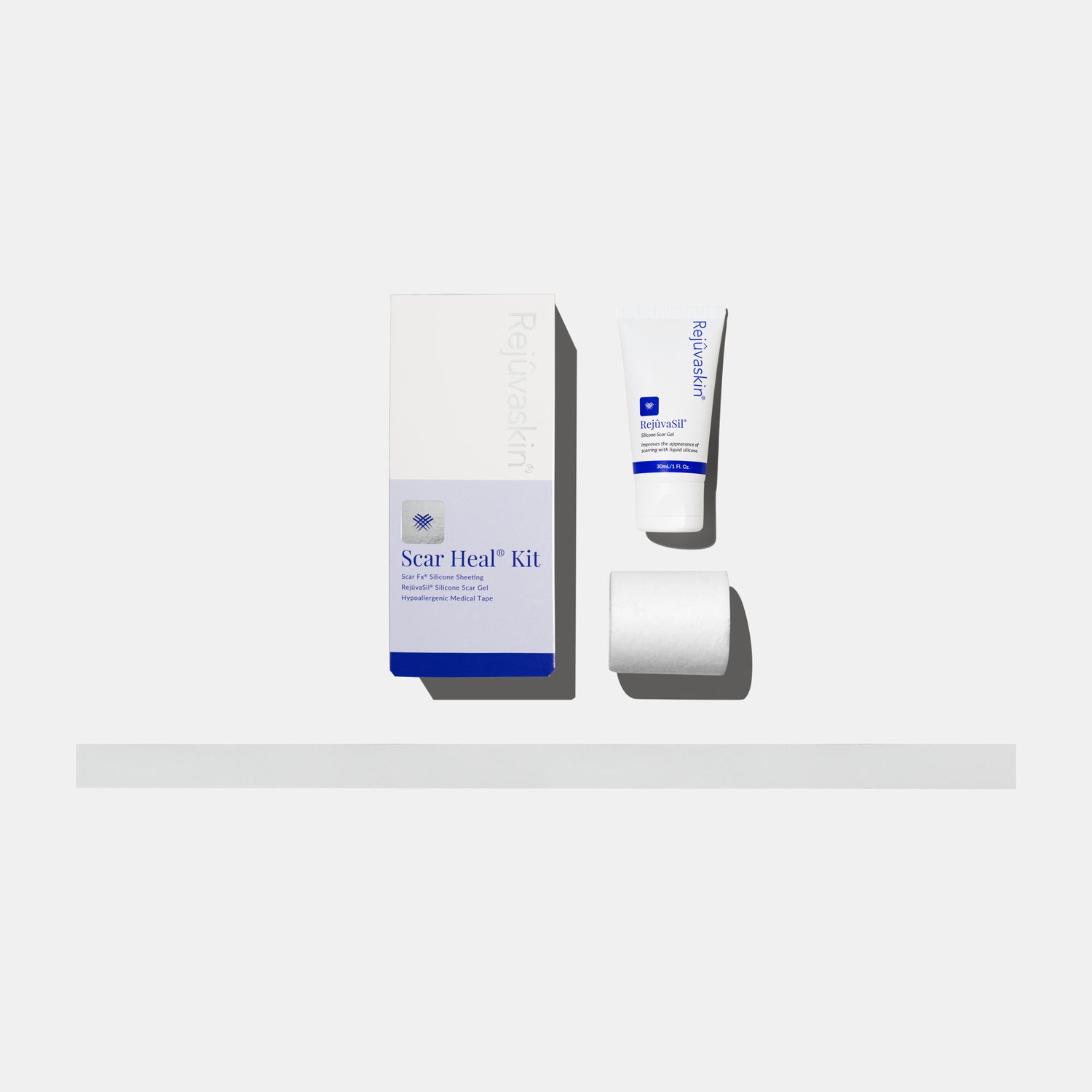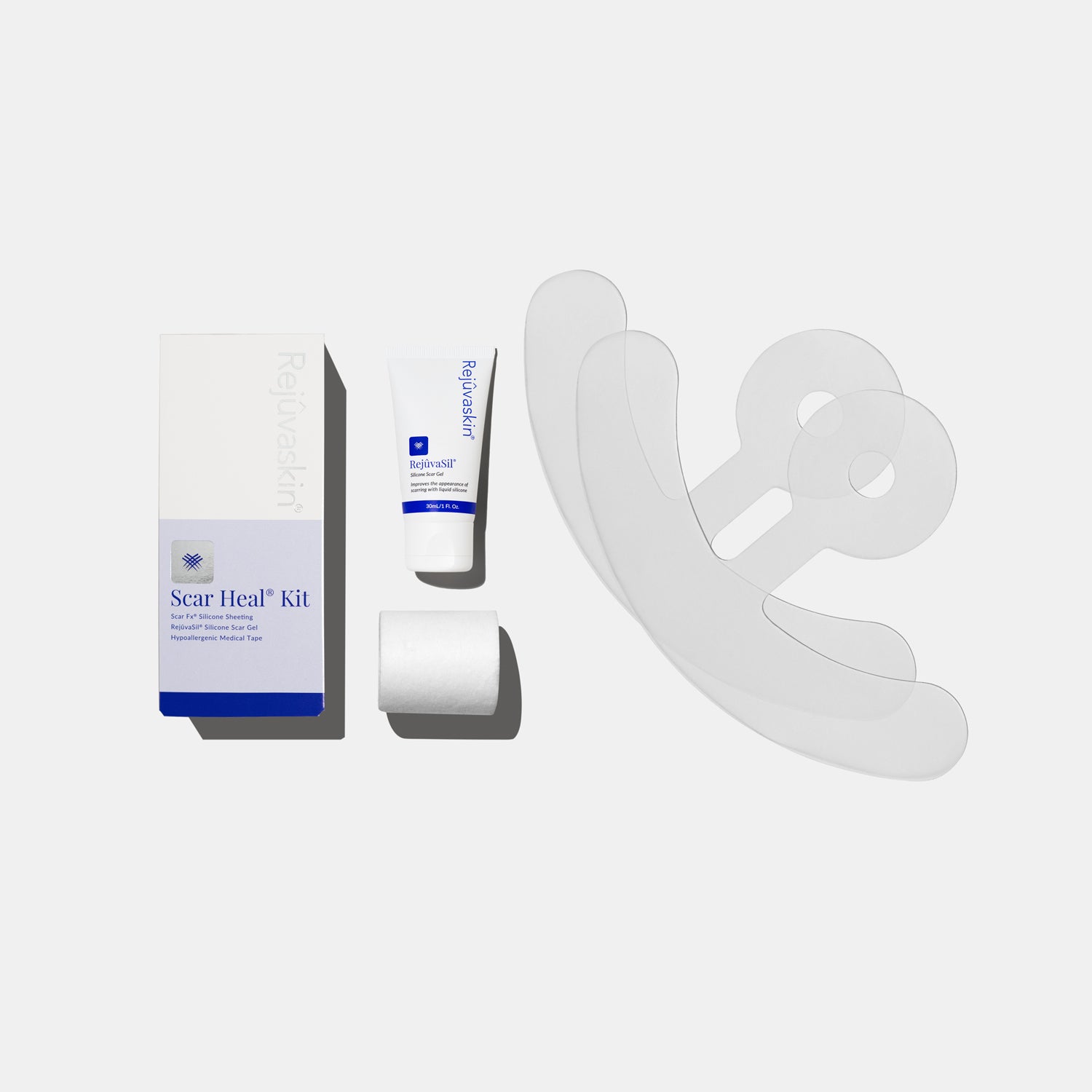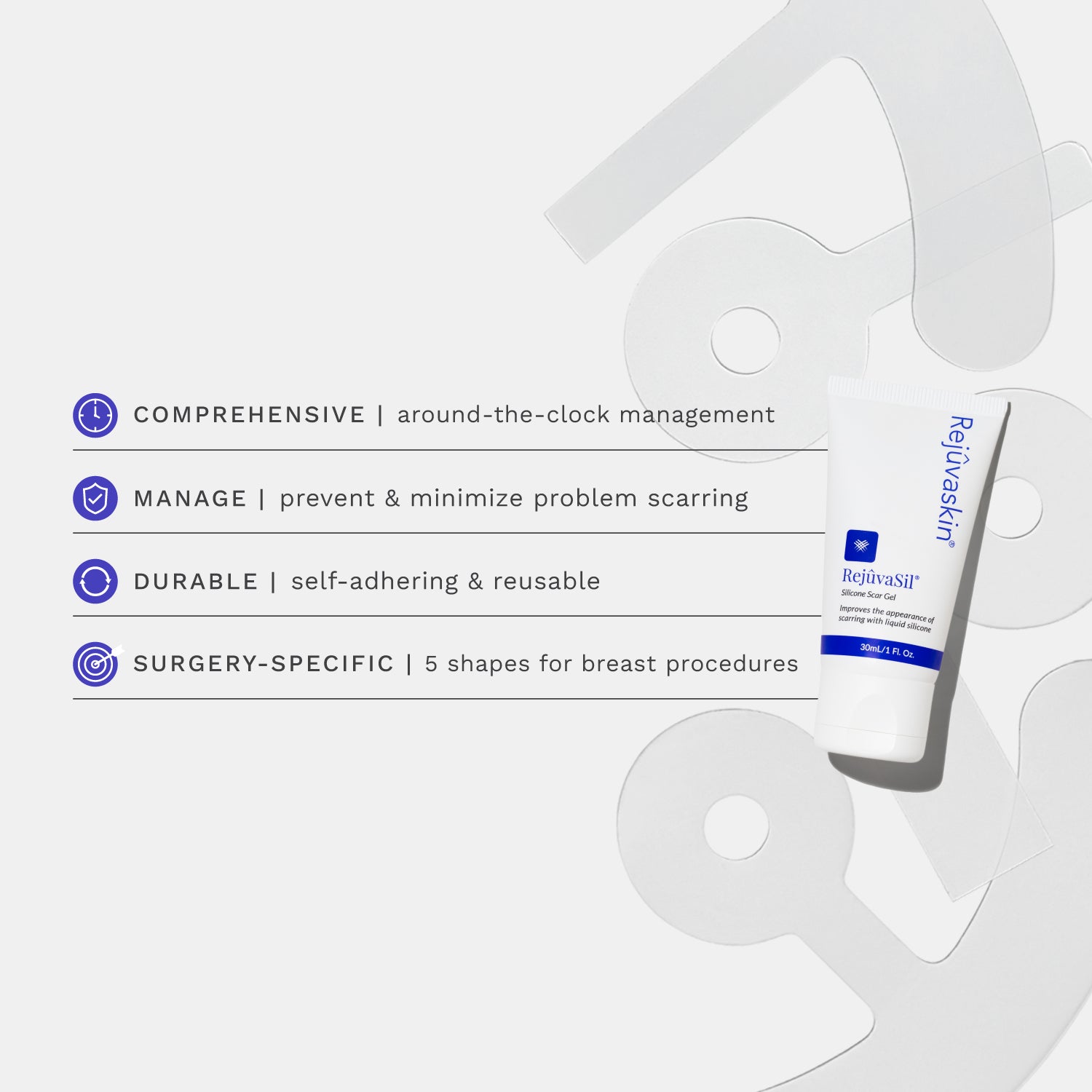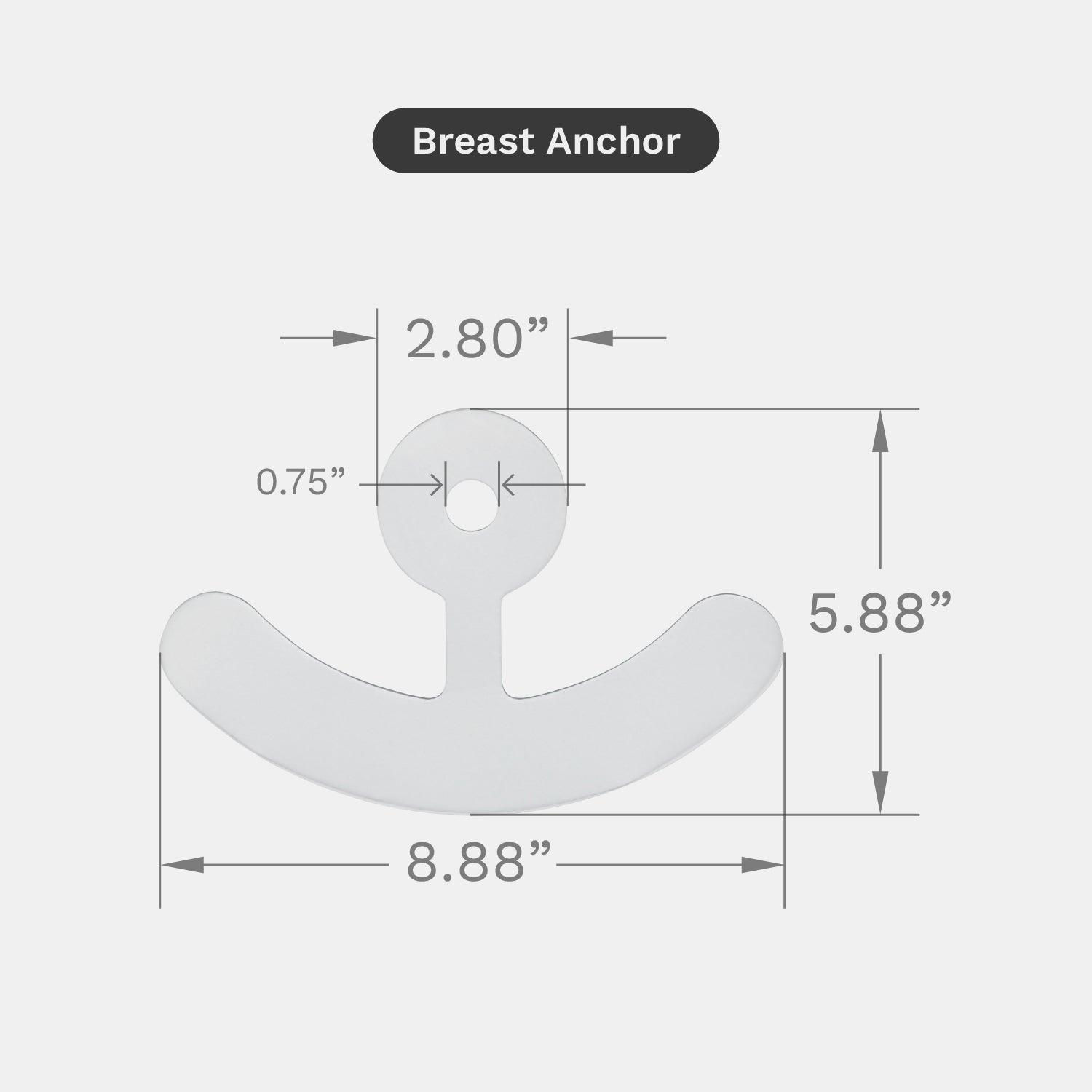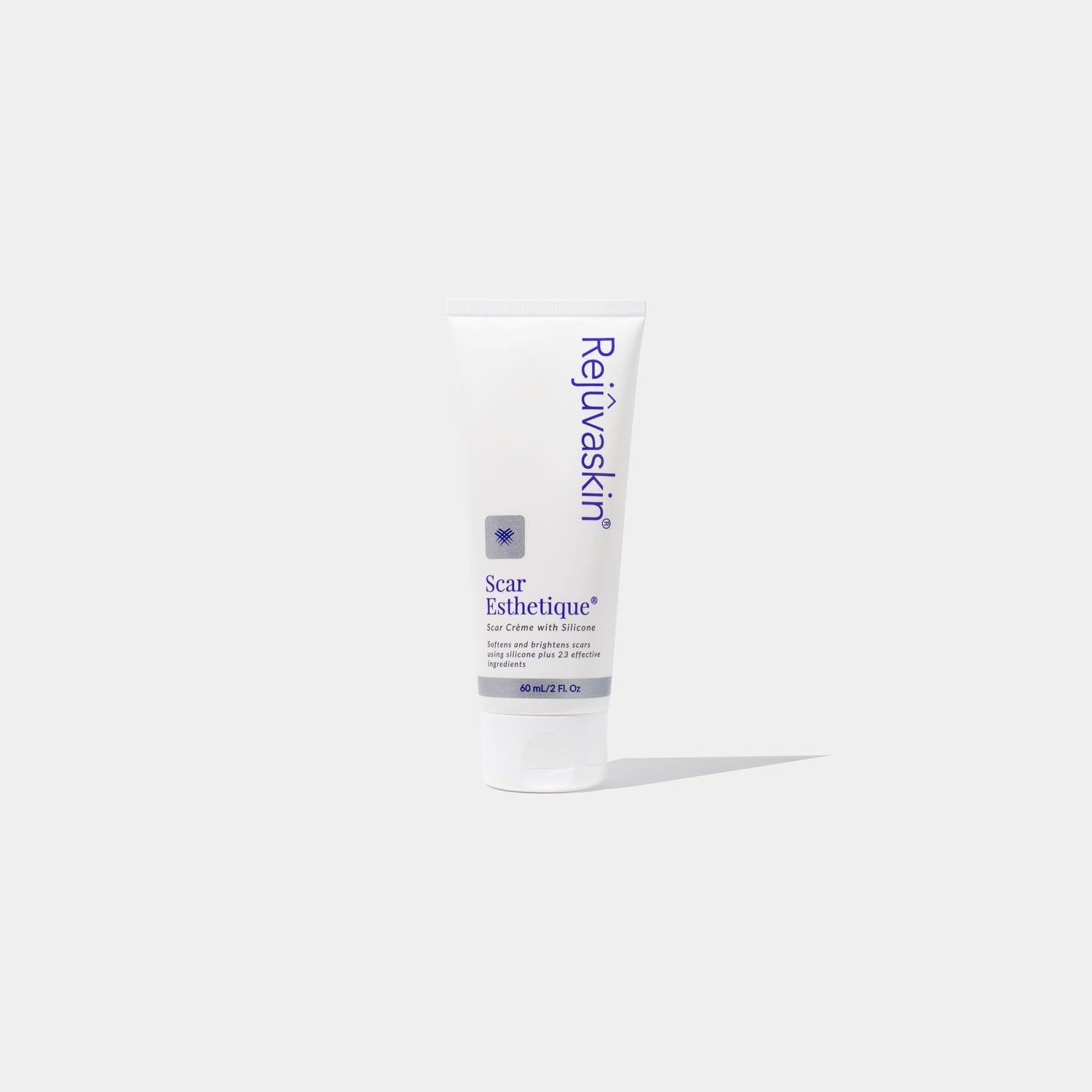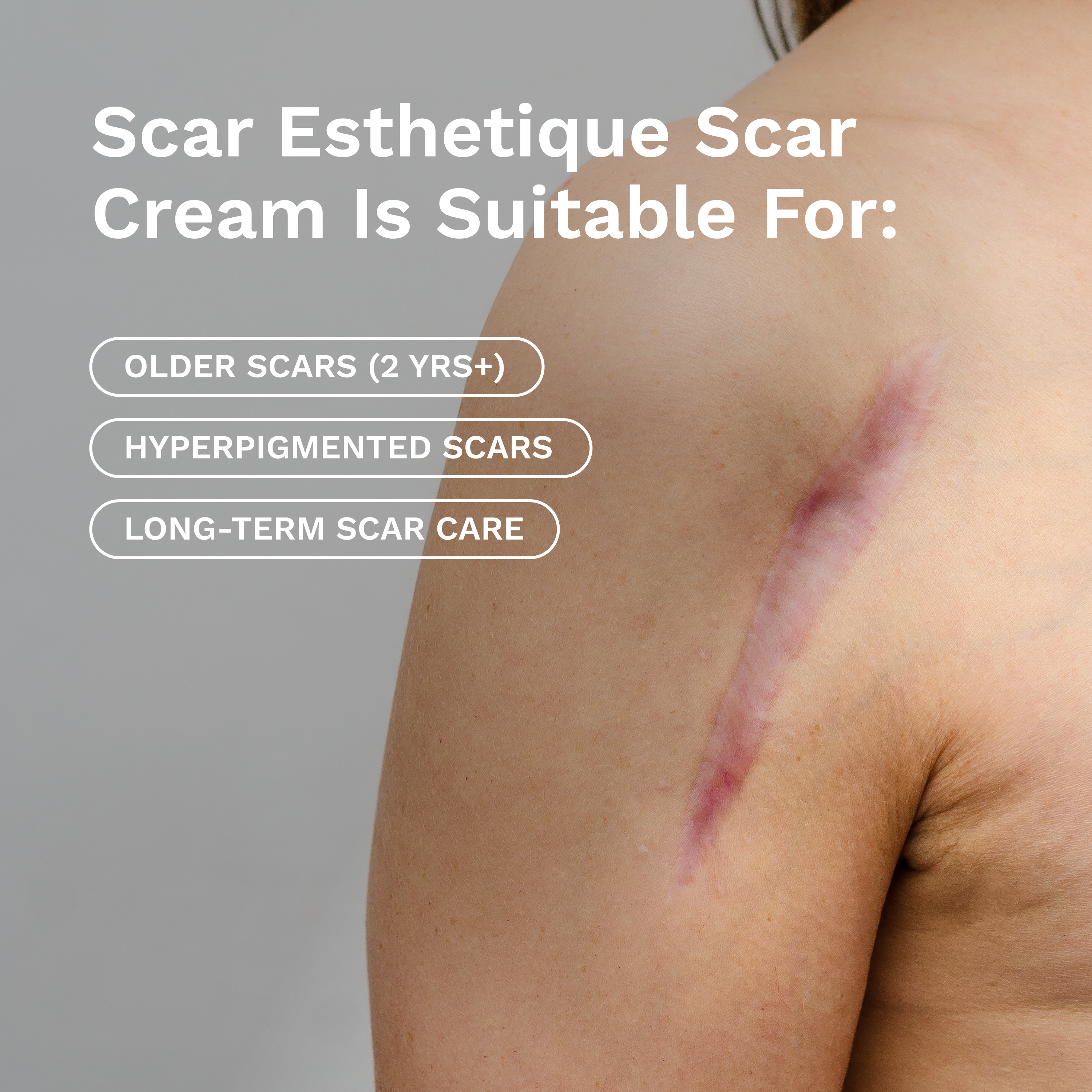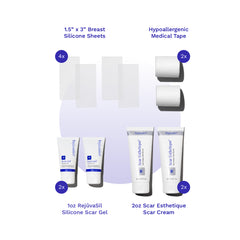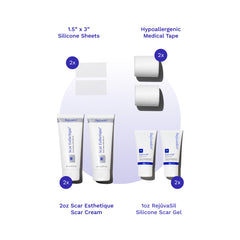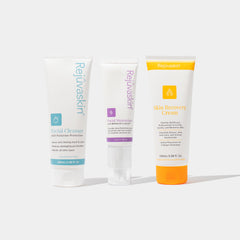What is SPF and Why Should You Care?
SPF, or Sun Protection Factor, isn’t just a number on your sunscreen bottle—it’s a critical line of defense between your skin and the sun’s most harmful UVB rays. These rays are the ones responsible for sunburn and, over time, skin cancer. So what does the number actually mean?
Think of it this way: if your skin would normally start to burn after 10 minutes in the sun, applying SPF 30 would extend that time to about 300 minutes (10 minutes × SPF 30), under ideal conditions (Reinau et al., 2015). But conditions are rarely perfect, and SPF isn't a one-and-done solution.
SPF Numbers: Is Higher Always Better?
Not quite. Here’s what most people don’t realize:
-
SPF 15 blocks about 93% of UVB rays
-
SPF 30 blocks around 97%
-
SPF 50 blocks up to 98%
So, yes—higher SPF gives a bit more protection. But the leap from SPF 30 to SPF 100 isn’t as dramatic as it sounds. And there's a catch: people using higher SPF often apply less and reapply less frequently, which ironically leads to more sun damage (Linden, 2018).
That’s why dermatologists agree: application technique and consistency are just as important as the number on the bottle.
SPF Only Tells Half the Story
SPF ratings measure UVB protection only—not UVA, which penetrates deeper into the skin and accelerates aging, causes dark spots, and increases your risk of skin cancer.
This is where broad-spectrum sunscreens come in. They protect against both UVB and UVA rays, giving your skin full-spectrum coverage. That’s why Rejûvaskin’s Mineral Facial Sunscreen SPF 32 is broad-spectrum—because protecting against long-term damage matters just as much as avoiding sunburn (Viale, 2017).
Why Rejûvaskin’s SPF 32 is Designed for Real Life
Many sunscreens claim high SPF, but what makes protection effective is how it behaves on your skin. Texture, consistency, and film-forming ability all influence how well your sunscreen works in real-world conditions.
Our Mineral Facial Sunscreen SPF 32 uses 20% zinc oxide—a mineral that forms a gentle barrier over the skin. It’s boosted with 4% niacinamide, a vitamin B3 compound that helps soothe inflammation and support your skin barrier. And because it’s non-comedogenic, reef-safe, and hydrating, it’s perfect for daily wear—even for sensitive skin.
Bonus? Science shows that formulations that adhere better to the skin surface often provide more reliable SPF performance, even with fewer filters (Infante et al., 2021).
Application Tips to Maximize Protection
-
Apply sunscreen 15 minutes before sun exposure.
-
Use about a nickel-sized amount for your face.
-
Reapply every two hours—more often if swimming or sweating.
-
Don’t forget your ears, neck, lips, and the backs of your hands.
SPF is more than a number—it’s your daily ally in maintaining healthy, youthful skin. But even the best sunscreen won’t work unless it’s used consistently and correctly. That’s why Rejûvaskin’s SPF 32 is formulated not just for protection, but for real-life use: lightweight, gentle, effective, and easy to make a habit.
Works Cited
-
Linden, K. (2018). Commentary: Sunscreen sun protection factor (SPF): Is higher better? Journal of the American Academy of Dermatology, 78(5), 911–912. link
-
Reinau, D., Osterwalder, U., Stockfleth, E., & Surber, C. (2015). The meaning and implication of sun protection factor. British Journal of Dermatology, 173. link
-
Viale, P. (2017). Protecting against sun exposure: Which SPF will you recommend? Journal of the Advanced Practitioner in Oncology, 8(2), 134–135. https://consensus.app/papers/protecting-against-sun-exposure-which-spf-will-you-viale/53e5ab1428cf54e3a3ee32a72caae9ca link
-
Infante, V., Maia Campos, P. M. M. G., et al. (2021). Influence of physical-mechanical properties on SPF in sunscreen formulations on ex vivo and in vivo skin. International Journal of Pharmaceutics, 120262. link
